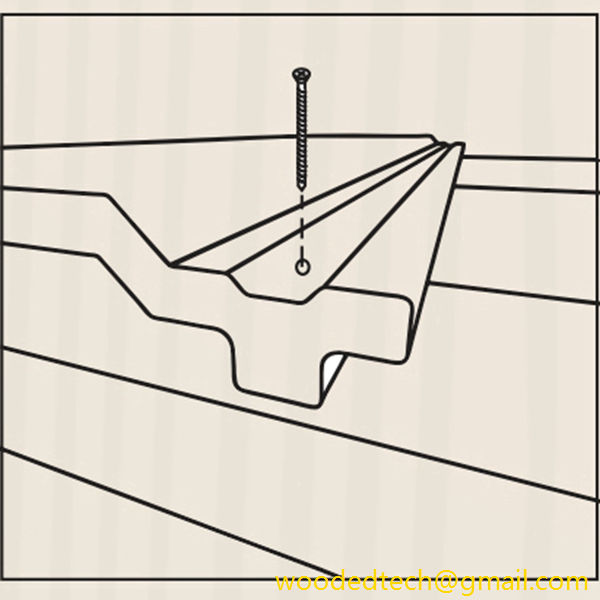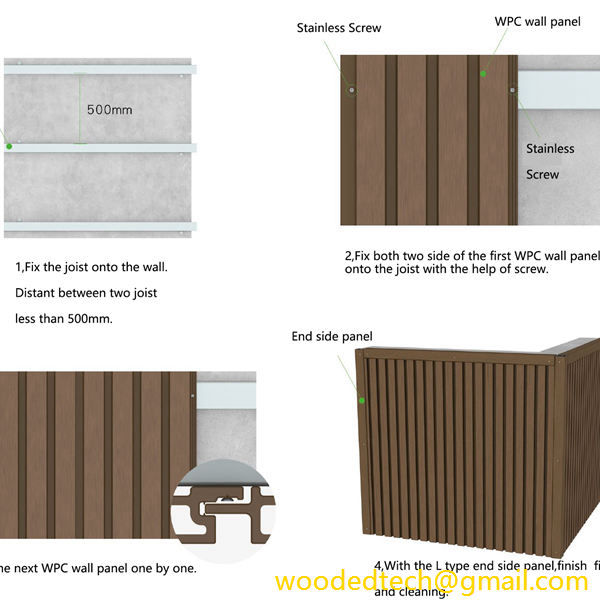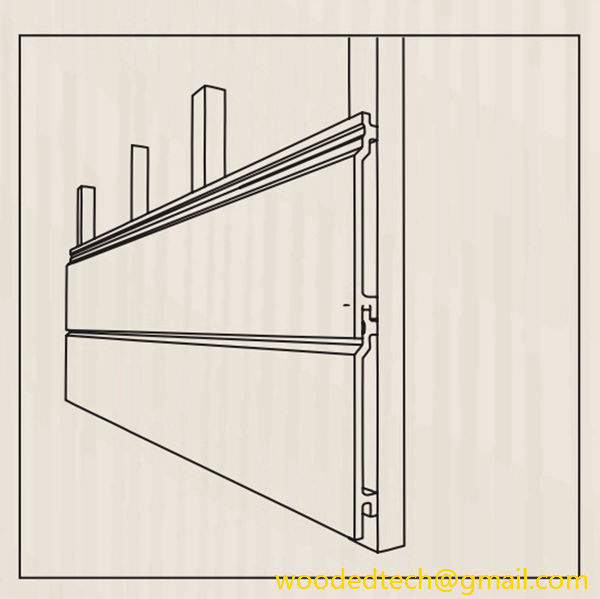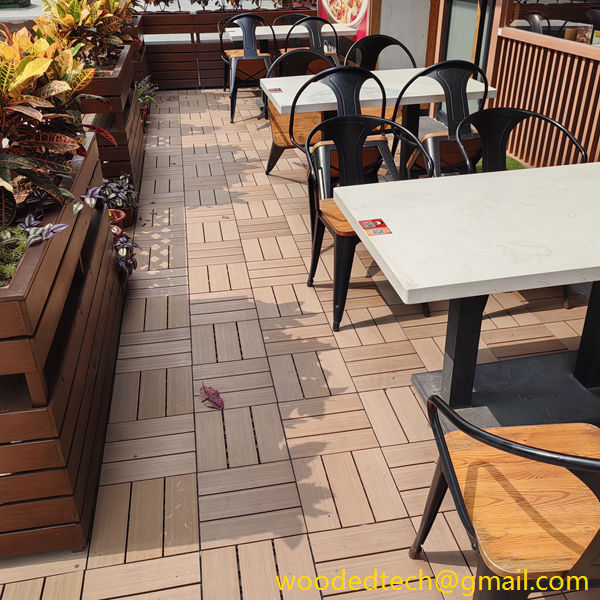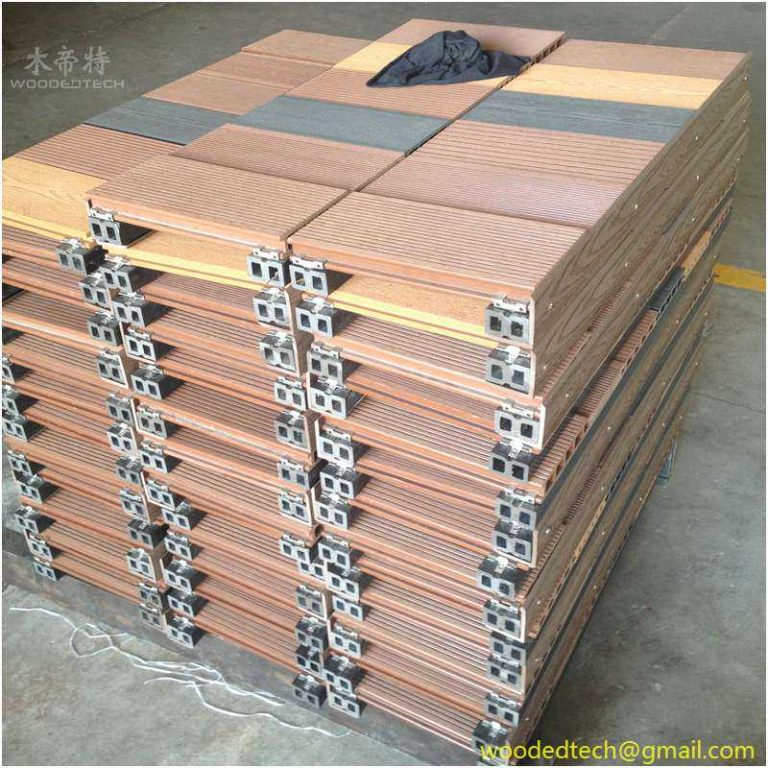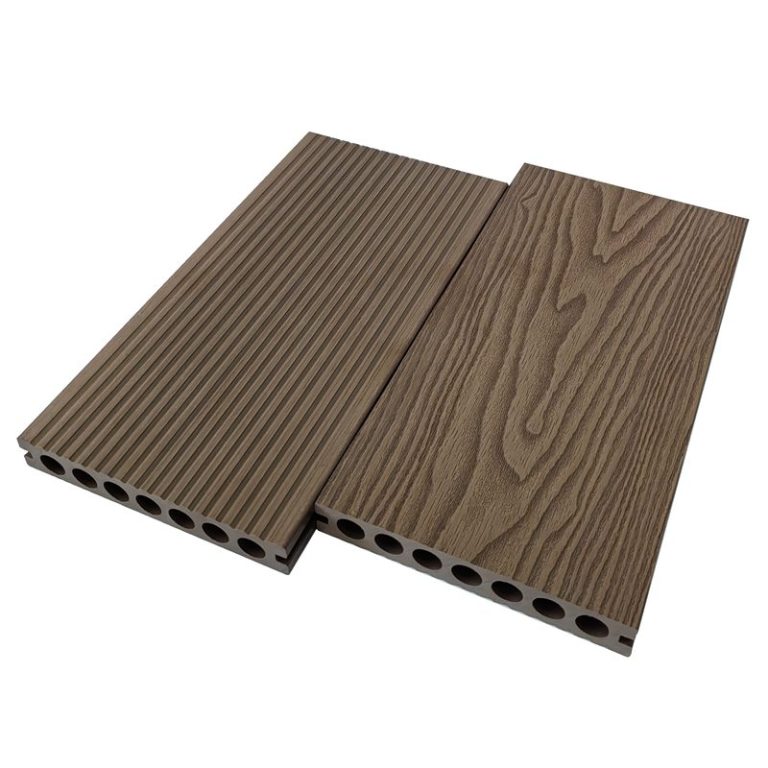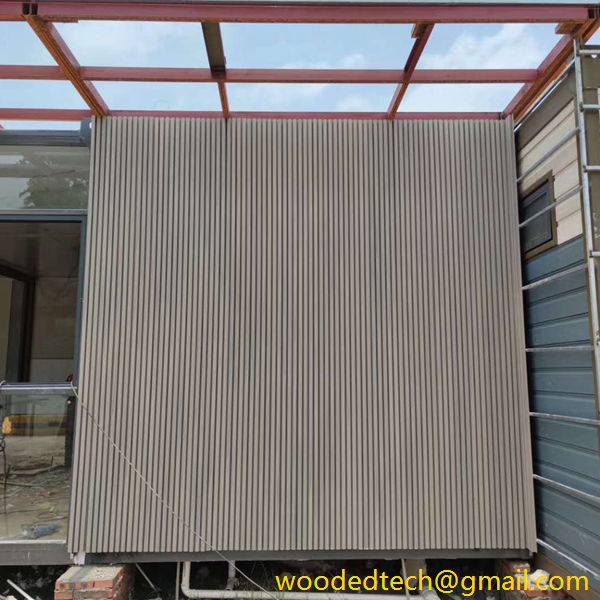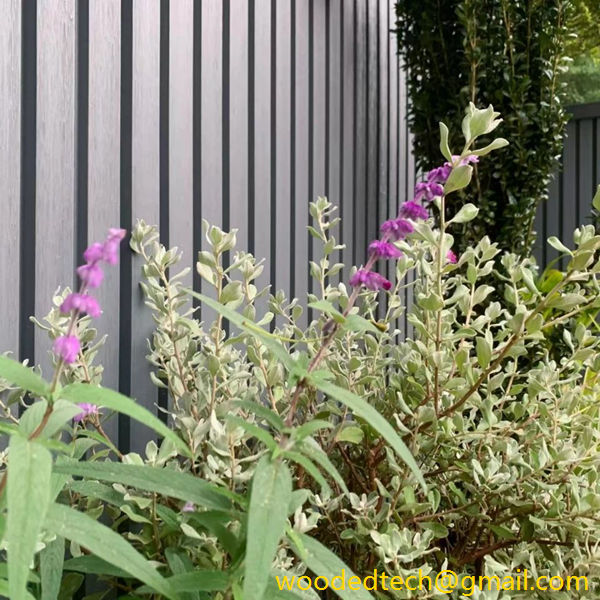Installation of WPC Wall Panel: Step-by-Step Guide for Installation of WPC Wall Panels
Installation of WPC Wall Panel: Step-by-Step Guide for Installation of WPC Wall Panels Wood Plastic Composite (WPC) wall panels have gained popularity in recent years due to their aesthetic appeal, durability, and environmental benefits. With China being a leading manufacturer of WPC materials, understanding the installation process can help homeowners and contractors efficiently enhance their…
Installation of WPC Wall Panel: Step-by-Step Guide for Installation of WPC Wall Panels
Wood Plastic Composite (WPC) wall panels have gained popularity in recent years due to their aesthetic appeal, durability, and environmental benefits. With China being a leading manufacturer of WPC materials, understanding the installation process can help homeowners and contractors efficiently enhance their spaces. This guide outlines a step-by-step approach to installing WPC wall panels, highlighting the advantages of utilizing China’s cost-effective production capabilities.
WPC wall panels are made from a blend of wood fibers and plastic polymers, resulting in a material that is resistant to moisture, decay, and insects. These panels are designed to mimic the appearance of natural wood while providing enhanced durability and lower maintenance. The production of WPC panels in China is not only cost-effective due to lower labor costs but also benefits from advanced manufacturing technologies and economies of scale.
The cost advantage of sourcing WPC wall panels from China is multifaceted. Firstly, the lower cost of raw materials and labor in the country allows manufacturers to produce high-quality panels at a fraction of the price compared to other regions. Secondly, China’s extensive supply chain infrastructure ensures that materials can be sourced and delivered quickly, reducing lead times for projects. Additionally, Chinese manufacturers often offer a wide variety of designs and finishes, allowing for customization that meets specific aesthetic needs without the premium price tag associated with more localized production.
Before starting the installation, it is crucial to plan the layout of the WPC wall panels. Measure the wall area where the panels will be installed, factoring in any windows, doors, or outlets. This planning phase will help to determine how many panels are needed and minimize waste. Ensuring that the wall surface is clean, dry, and free from defects will create a good foundation for the installation.
For the installation process, gather the necessary tools and materials:
– WPC wall panels
– Measuring tape
– Level
– Circular saw or jigsaw
– Drill and screws
– Adhesive or construction glue (if required)
– Safety goggles and gloves
Having all the necessary tools on hand will streamline the installation process.
Using a circular saw or jigsaw, cut the WPC panels to size based on the measurements taken during the planning phase. It is essential to measure twice and cut once to ensure accuracy. When cutting, wear safety goggles and gloves to protect yourself from any potential hazards.
Before attaching the panels, inspect the wall for any imperfections. If necessary, patch any holes or cracks and ensure the surface is smooth. If the wall is uneven, consider using a leveling compound to create a flat surface. This preparation is critical, as it ensures that the panels adhere properly and that the final appearance is seamless.
Begin the installation by attaching the first panel at the corner or edge of the wall. Use a level to ensure that it is straight. Depending on the specific product, you may choose to use adhesive, screws, or both to secure the panels to the wall. If using screws, pre-drill holes to prevent splitting the panels. Continue installing the panels, ensuring that they fit snugly together.
Once all the panels are installed, take a step back to review the work. Check for any gaps between panels and fill them with caulk or a suitable filler. This step not only enhances the aesthetic appeal but also helps with insulation and noise reduction. Consider adding trim or molding around the edges for a polished finish.
After the installation is complete, clean the surface of the WPC panels with a damp cloth to remove any dust or debris. WPC wall panels are low-maintenance, but regular cleaning with mild soap and water will help maintain their appearance. Unlike traditional wood, WPC does not require sealing, staining, or painting, making it a cost-effective and time-saving choice for homeowners.
The installation of WPC wall panels is a straightforward process that can significantly enhance the aesthetic and functional qualities of a space. By sourcing materials from China, homeowners and contractors can benefit from lower costs without compromising on quality. The combination of affordability, durability, and ease of installation makes WPC wall panels an attractive option for both residential and commercial applications. With careful planning and execution, installing WPC wall panels can be a rewarding project that adds value and beauty to any environment.

